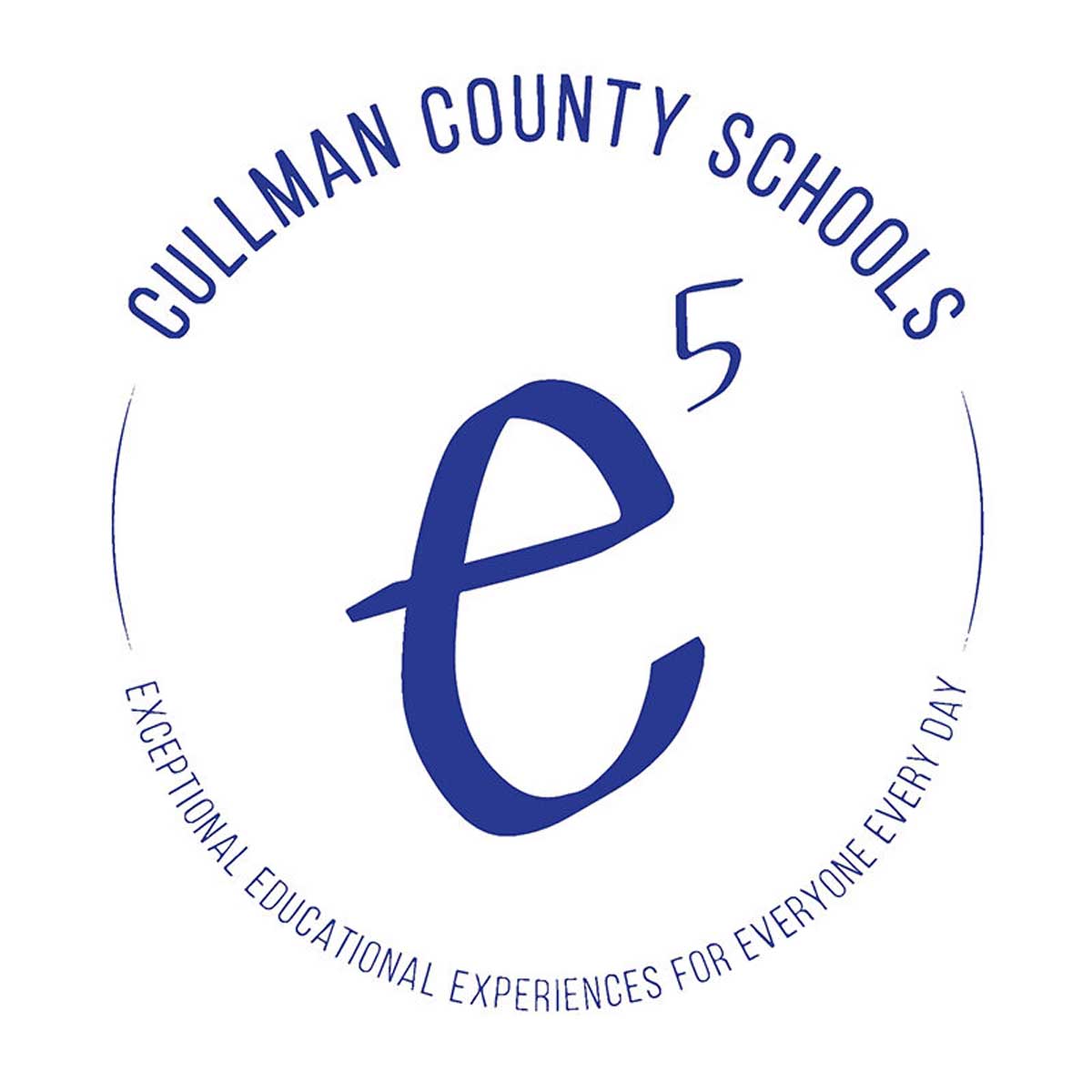Major federal help unlikely for Duck River overages
Published 9:01 am Monday, December 2, 2013
Local officials made an impromptu trip to Washington, D.C. last week in a bid to shore up some potential federal funding support for the approximately $110 million Duck River Dam, though the ongoing ban on earmarking means it is unlikely the project could receive much help.
A team of several local officials, including Cullman Mayor Max Townson, Cullman County Commission Chairman Kenneth Walker and the local legislative delegation, hoped the trip would provide some new options to cover the project’s approximately $40 million increase in cost, due to some unforeseen geological concerns at the site and higher-than-expected flood standards.
Though federal legislators offered support for the dam as a worthwhile endeavor, project manager Dale Greer said it’s unlikely they’ll be able to receive any substantial financial assistance. But, federal officials did encourage them to seek out possible grant funds — though any potential awards would be relatively small in comparison to the increase.
“They all sympathized with our situation, but explained there’s still a ban on any earmarking, so it’d be difficult to do anything,” Greer said. “They recommended we try to go after some grants, but that’d be a little more piece meal, but it is something we’re looking at.”
With the project on a tight schedule to meet the November 2016 lake fill-date, and many grant programs taking up to a year or more for application periods, Greer said it’d be unlikely the utilities board could receive much help on dam construction. But, they would seek out grants that could assist with the construction of the pipe line and pump station.
Greer noted the local delegation was also open to seeking some state assistance, and that could be an avenue to pursue soon.
The first phase of work at the dam is now complete, and contractor Brasfield & Gorrie has now left the site. Officials reported that phase of work was approximately $300,000 under budget.
Engineering firm CH2M Hill is still working to reevaluate the flood limits at the site, with hopes of lowering those projected levels and potentially shrinking the spillway to cut costs.
CH2M Hill is currently developing the 60 percent design and cost estimate, set to be delivered in January 2014, with a 90 percent design on track for the following month. The team is also ironing out the specific construction schedule, which officials say is crucial to meet the looming 2016 completion deadline.
If the dam is not finished and the lake not filled by November, 2016, officials could have to request an extension from the U.S. Army Corps. of Engineers — which could reopen the project and make it accountable to newer, more expensive stream mitigation requirements that could add millions of dollars to the already-inflated cost.
The dam project has been in the works for more than a decade, after being permitted by the U.S. Army Corps. of Engineers than subsequently delayed by environmental challenges that have since been resolved. Once complete, the project will create a 640-acre lake with a 32-million-gallon-per-day capacity in northeast Cullman County, which will work in conjunction with the area’s current sole major water source Lake Catoma. The design will be a hybrid, with roller-compacted concrete in the center and earthen wings.
* Trent Moore can be reached by e-mail at trentm@cullmantimes.com, or by telephone at 734-2131, ext. 134.





